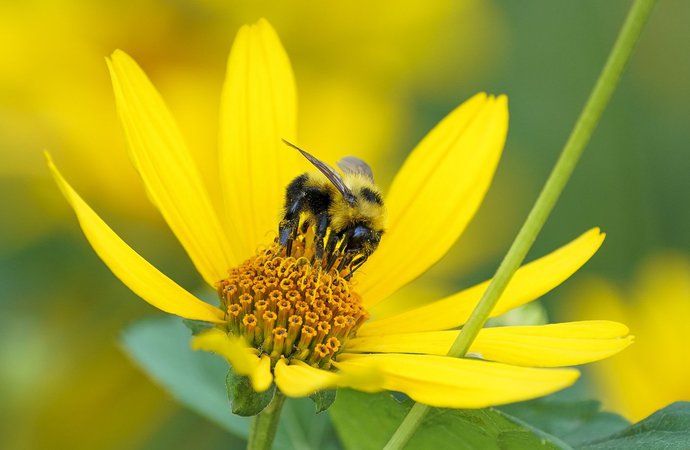
‘Sobering statistic:’ One-fifth of pollinators in North America at extinction risk
FREDERICTON — Many butterflies, bees and moths are fluttering into oblivion. A new report co-authored by a Canadian researcher warns that more than one-fifth of pollinator species it studied in North America are at risk of extinction.
Out of 759 pollinators — animals critical for food production and healthy ecosystems — studied in Canada, more than 10 per cent were at some level of risk of extinction, says the study published this week in the journal Proceedings of the National Academy of Sciences, or PNAS. And of 1,579 pollinators assessed in the United States, 22.5 per cent were found to be at some level of risk.
The study is the most comprehensive look at North American pollinators and their conservation status to date, John Klymko, scientist at Atlantic Canada Conservation Data Centre in Sackville, N.B., and one of the co-authors, said in a recent interview.
Commonly known pollinators, which transfer pollen from one flower to another, are bees, butterflies and moths, Klymko said. But they also include vertebrates like hummingbirds and bats. “Many plants are reliant on pollinators in order to reproduce,” he said.


